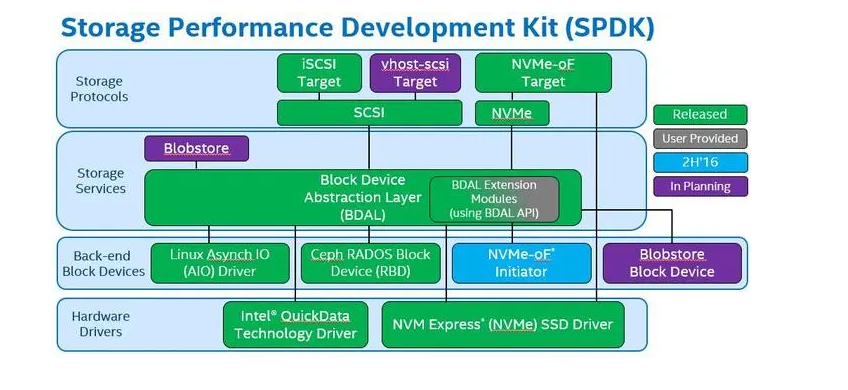以下是一个简单的示例代码,实现了以IPv4地址为键的哈希表。
#include <stdio.h>
#include <stdint.h>
#include <stdlib.h>
#include <rte_hash.h>
// 定义IPv4地址结构体
struct ipv4_addr {
uint32_t addr;
};
// 哈希表初始化参数
#define HASH_ENTRIES 1024
#define KEY_SIZE sizeof(struct ipv4_addr)
#define SOCKET_ID 0
int main(int argc, char **argv)
{
int ret;
// 创建哈希表
struct rte_hash_parameters hash_params = {
.name = "ipv4_hash",
.entries = HASH_ENTRIES,
.key_len = KEY_SIZE,
.socket_id = SOCKET_ID,
.hash_func = rte_hash_crc,
.hash_func_init_val = 0,
};
struct rte_hash *ipv4_hash = rte_hash_create(&hash_params);
if (ipv4_hash == NULL) {
printf("Failed to create IPv4 hash table\n");
return -1;
}
// 插入一些元素
struct ipv4_addr key1 = { .addr = rte_cpu_to_be_32(0x0a000001) }; // 10.0.0.1
uint32_t value1 = 1;
ret = rte_hash_add_key_data(ipv4_hash, (void *)&key1, (void *)&value1);
if (ret < 0) {
printf("Failed to add key-value pair to hash table\n");
rte_hash_free(ipv4_hash);
return -1;
}
struct ipv4_addr key2 = { .addr = rte_cpu_to_be_32(0x0a000002) }; // 10.0.0.2
uint32_t value2 = 2;
ret = rte_hash_add_key_data(ipv4_hash, (void *)&key2, (void *)&value2);
if (ret < 0) {
printf("Failed to add key-value pair to hash table\n");
rte_hash_free(ipv4_hash);
return -1;
}
// 查找指定元素
uint32_t *pvalue;
ret = rte_hash_lookup_data(ipv4_hash, (void *)&key1, (void **)&pvalue);
if (ret < 0 || *pvalue != value1) {
printf("Failed to find key-value pair in hash table\n");
rte_hash_free(ipv4_hash);
return -1;
}
// 删除元素
ret = rte_hash_del_key(ipv4_hash, (void *)&key2);
if (ret < 0) {
printf("Failed to delete key from hash table\n");
rte_hash_free(ipv4_hash);
return -1;
}
// 销毁哈希表
rte_hash_free(ipv4_hash);
return 0;
}
该示例代码使用rte_hash_crc作为哈希函数,将IPv4地址结构体的addr字段作为键,使用rte_hash_add_key_data向哈希表中插入一些元素,并使用rte_hash_lookup_data查找指定元素,使用rte_hash_del_key删除元素,最后使用rte_hash_free销毁哈希表。





















